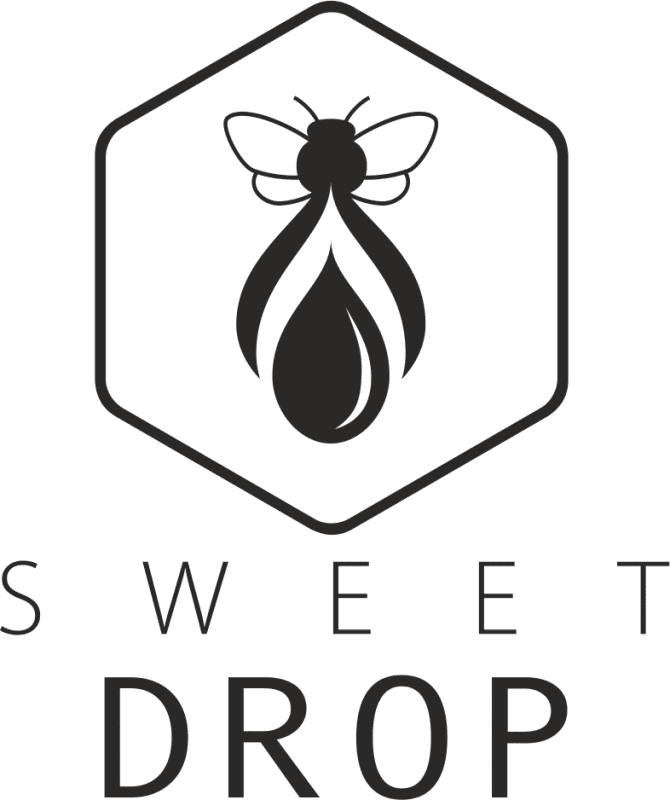The effect of royal jelly on honeybee larvae, for which it was originally intended as food, is briefly described since in addition to being a fascinating biological phenomenon, it is also the basis of the royal jelly “myth”.
In the 1950’s, in the wake of new discoveries in the medical field of such wonder drugs as penicillin, hormones and vitamins became “popular” and were seen by many as the simple answers to many biological questions.
The elusive “hormonal” effect of royal jelly on honeybee larvae led to the belief that its almost miraculous action on bee larvae could be similar on humans.
By deduction these “hormonal” effects were not only responsible for the caste differentiation between worker and queen bee, but also for the enormous fertility of a queen genetically equal to a worker bee, distinguished apparently only by the food it ate.
The same applies to the queen’s longevity, unique for an adult insect.
Though it is known that royal jelly is a necessary food for the queen’s survival and productivity, it is not known which royal jelly fractions are essential, which ones can be replaced and what constitutes minimum or optimum requirements for a queen.
Almost all the attention has been focused on the immature stages of development.
Numerous studies were carried out to discover hormones or other substances powerful enough to induce all the necessary changes and give the queen such “superior” qualities.
Indeed, the initial studies led to the belief that a “queen determinator” did exist and was an extremely unstable substance (as elusive as eternal life).
It appeared to be so unstable that one day after secretion, it was already ineffective.
However, the results of other studies did not confirm this hypothesis.
In an attempt to identify the queen determinator, all the components of royal jelly, particularly the more unusual ones or those with known biological activity or present in greater quantity have been tested.
In the late 1980’s the mystery had still not been solved and a number of contrasting hypotheses had produced equally convincing explanations.
Rembold et al. (1974) ware thought to have been close to identifying a specific substance with queen determinator activity which they had isolated; other researchers proposed a differentiation mechanism based on the different proportions of nutrients in the food of worker and queen bee larvae.
Weiss (1975) and Asencot and Lensky (1975) believed it was the sugar content of larval food (higher for the young queen bee larvae) that was supposed to cause the differentiation into queens.
More recently, Sasaki et al. (1987) proposed yet another hypothesis incorporating the many contrasting results from other researchers and suggested the “correct” viscosity of royal jelly was a key factor together with higher consumption, but even this theory still has to be substantiated with proof.
In other words, it is still not known how royal jelly works nor what is responsible for its amazing effects.
However, if parallels are still being drawn between honeybees and royal jelly, and humans and royal jelly, then they should serve to emphasize the complexity and interdependence of different therapies and factors such as who is taking what, when and how much.
Eating royal jelly, or rubbing it into the skin will not make anyone younger or live for a thousand years.
On the other hand, using it to supplement and support other diets, activities or medicines may have synergistic effects which cannot be explained by a list of compounds and their individual effects.
Tests of such a hypothesis in clinical and scientific trials are needed.
There is plenty of circumstantial evidence, reviewed in the following section, that leads us to believe that royal jelly might be highly beneficial to mankind.



